Yves Béhar and MIT's Ori robotic furniture reconfigures tiny apartments
MIT Media Lab has partnered with designer Yves Béhar on a smart furniture system for micro apartments, which can turn the space into a bedroom or living room at the touch of a button (+ movie).
The Ori system operates a compact module that incorporates a bed and a closet on one side, and a home office and an entertainment suite on the other.
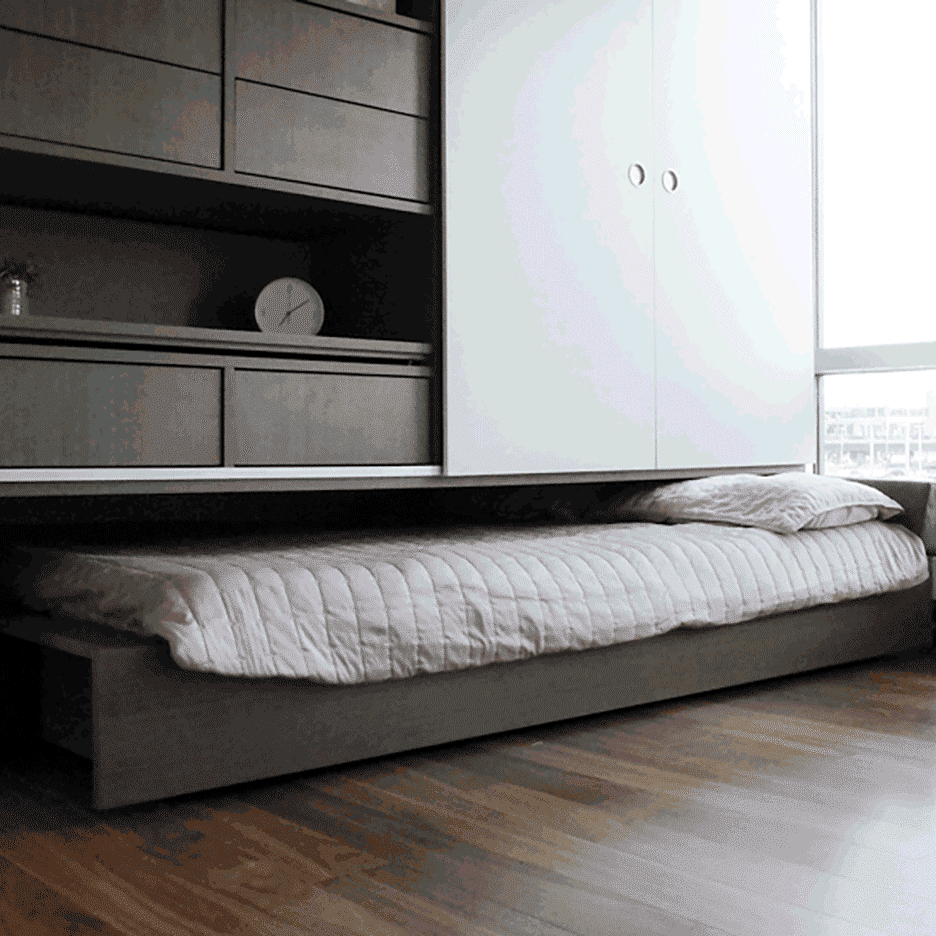
The full-height unit can shift forward and backwards to free up space on either side. When needed, a bed slides out from underneath the storage space, while a bench emerges from below the TV.
Researchers from MIT's CityHome project developed the actuators, electronics and software that enable the heavy furniture to glide and shape-shift, as well as connect to other smart devices.

Béhar and his San Francisco studio Fuseproject came on board to create a single furniture unit that could transform to make the most of small spaces. The final design can be ordered in custom materials, finishes and colours.
The system is designed for micro apartments with less than 300 square feet (28 square metres) of space, as rent in cities continues to rise and living spaces become more compact.
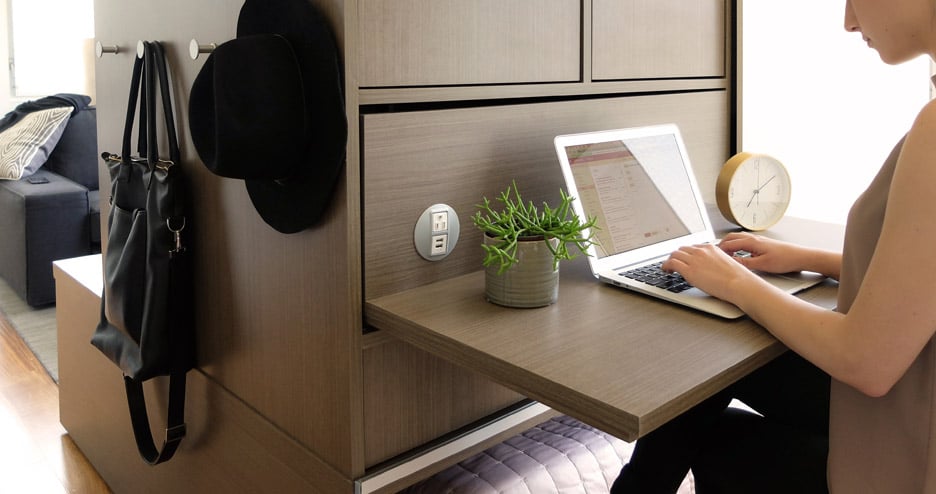
Demonstrating the issue, an illustrator built a tiny wooden bedroom for himself in a friend's living room to avoid paying San Francisco's "absurdly high" rents.
"Cities such as London, Seattle, San Francisco and almost everywhere else are seeing an influx of young professionals, yet those urban centres are more expensive and more condensed," said Béhar.
"Our goal was to find a single unit scenario that would maximise the value of a micro studio or one bedroom apartment," he added.
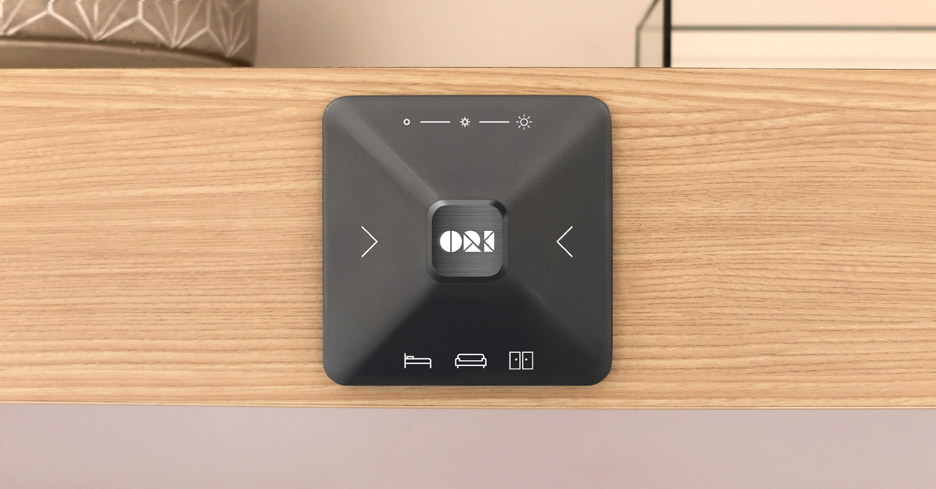
Located on the side of the furniture module is a pyramid-shaped control panel, which features buttons for altering the layout and lighting.
Touching its vertical edges moves the unit forward and back, while presets for bedroom, lounge or storage can be activated using icons along the bottom.
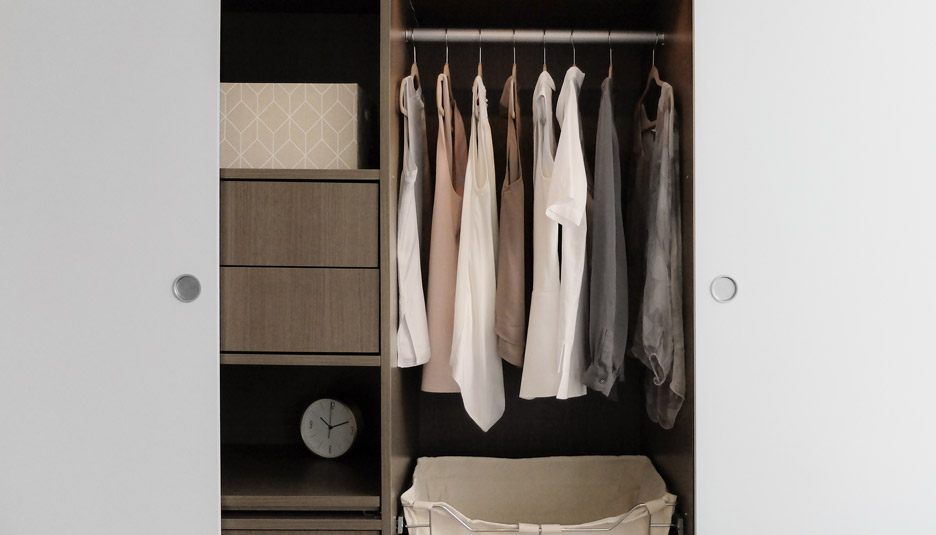
"Each room can be preset for a space, including preferred integrated lighting, so that one touch on the physical interface or on the corresponding app will morph the room," said Béhar.
"The on-device console uses manual glider buttons that make the owner feel as though they are magically moving the unit," he added.
Users can also adjust the settings with a smartphone app, so the room will be set up in their preferred layout when they get home.
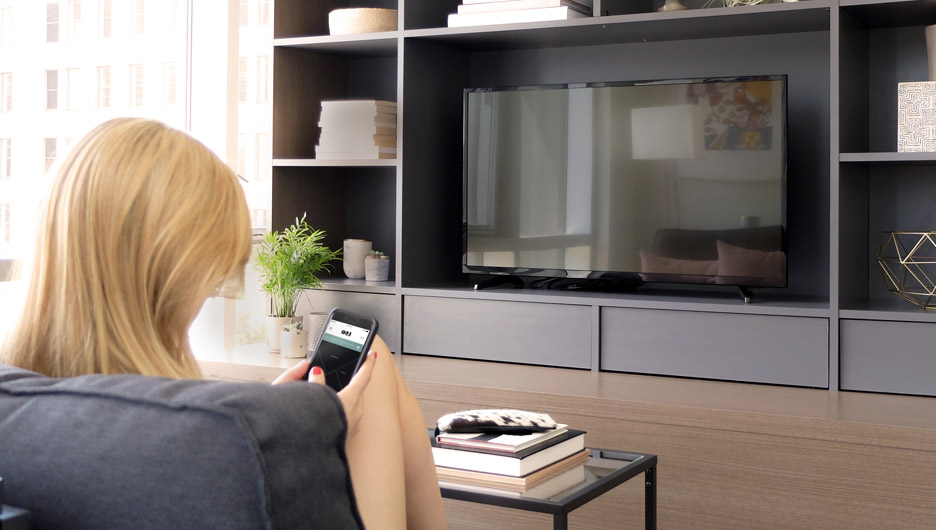
Béhar said the furniture would add value to tiny homes.
"Beyond the comfort and life-enhancing varied accommodations, Ori creates financial value for renters or owners; a studio becomes a one bedroom, for example," Béhar said. "The Ori system is also valuable for developers by immediately increasing the value of the home."
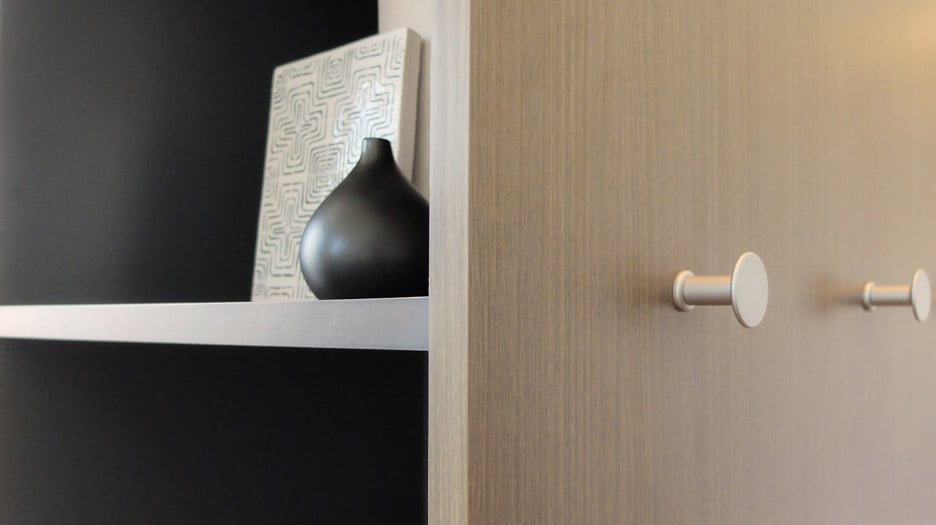
Fuseproject also came up with the name of the system and company, based on the Japanese word origami meaning "to fold".
Developers will be incorporating Ori systems into homes in Boston, Washington DC and Seattle starting this summer.
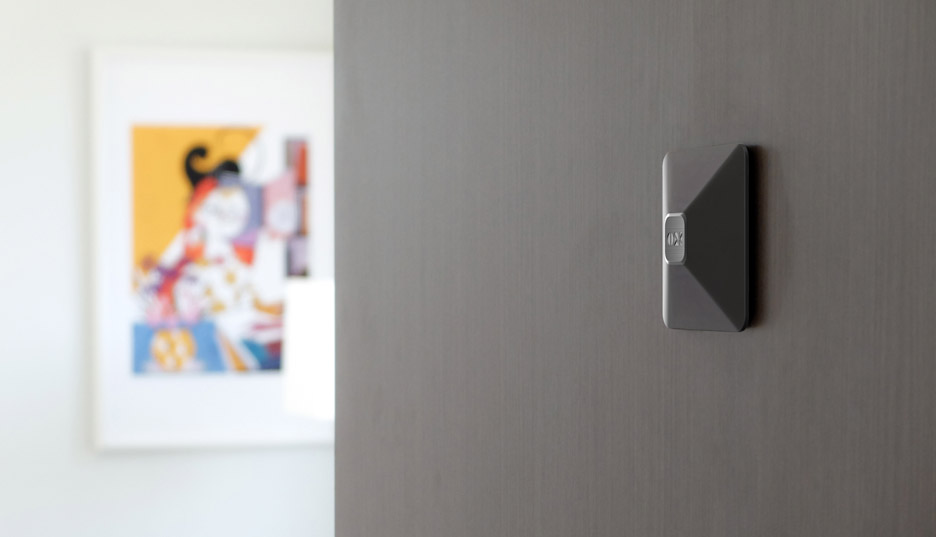
Designers have recently proposed a variety of solutions for compact living, which range from manually reconfigurable furniture to a space-efficient "living cube" that combines a sleeping area and storage.
The team behind Yo! Sushi and Yotel has also just unveiled "intuitive" apartments that will feature moving surfaces and foldaway furniture.